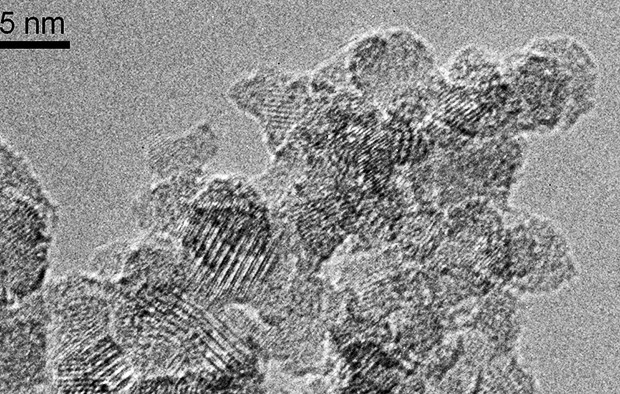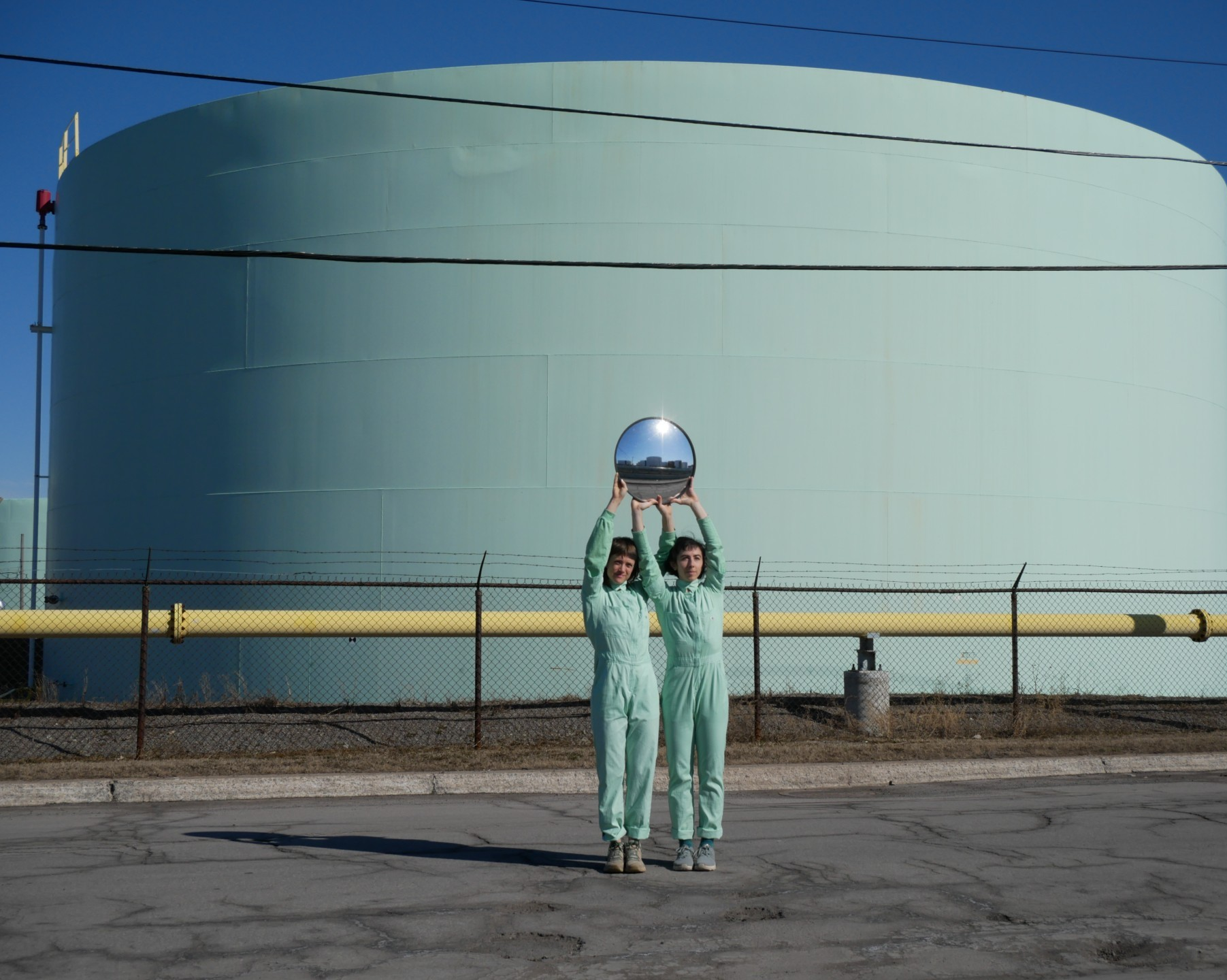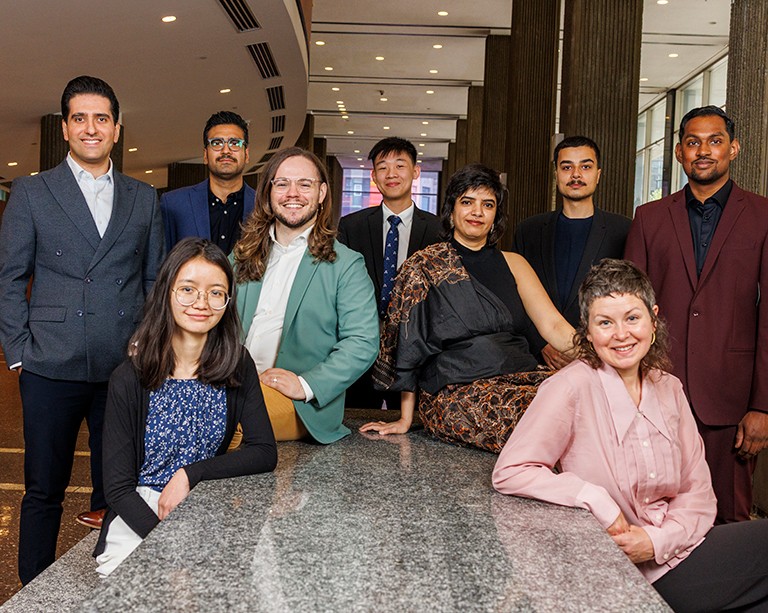STEM SIGHTS: This Concordian could revolutionize 3D printing
 Keroles Riad hopes 3D printing with titanium dioxide will generate stronger, light-resistant components.
Keroles Riad hopes 3D printing with titanium dioxide will generate stronger, light-resistant components.
3D printing technology has evolved considerably over the last decade. It’s now so specialized that aircraft and rocket-engine components have been produced this way.
Keroles Riad, a PhD student in Concordia’s Individualized Program (INDI), is developing new, robust 3D printing materials that could help stretch the limits of design and additive manufacturing.
His choice material? Titanium dioxide (also known as titania), a key UV-blocking component in sunscreen.

‘Design without manufacturing limitations is a dream’
How does the image above relate to your research at Concordia?
Keroles Riad: The image shows tunneling electron microscope (TEM) pictures of titania nanoparticles. I made them during a research internship at ETH Zurich using flame spray pyrolysis.
TEM shows the spacing between different crystal structures. We observed a spacing that does not exist in common titania. This led us to discover a monoclinic crystal structure that has never before been observed in particles made in flame.
At Concordia, I'm developing new material for stereolithography 3D printing using a new photocuring mechanism, which employs semiconducting nanoparticles like titania. The flame-made titania shown here is two to three times more efficient than what is commercially available.
What is the hoped-for result of your project? And what impact could you see it having on people's lives?
KR: Stereolithography 3D printing is never used to make functional parts because the materials are unstable and too sensitive to sunlight — they would break apart in a few months.
My goal is to develop new catalysts that are insensitive to sunlight, which would allow the industry to use stereolithography 3D printing to manufacture functional parts. With this technology, we can generate designs that are so complex they’re impossible to manufacture using conventional machining. The ability to design without manufacturing limitations is every engineer's dream.
What are some of the major challenges you face in your research?
KR: The toughest thing for me is how interdisciplinary materials research is. Not only do I have to have the engineering knowledge of 3D printing as a manufacturing process, I also need an understanding of organic and polymer chemistry that is much deeper than what is typical for an engineering student.
Because I use nanoparticles interacting with light, I also have to have a strong understanding of quantum physics. Engineering alone is already multidisciplinary. For example, my training is mechanical engineering, but my internship at ETH was much more focused on process engineering to produce nanoparticles.
What person, experience or moment in time first inspired you to study this subject and get involved in the field?
KR: Gavin Kenneally (BEng 12) is my role model. He did his undergrad at Concordia, including USRA internships with Paula Wood-Adams, professor and dean of Graduate Studies. I first met Dr. Wood-Adams when Kenneally invited me to a seminar on his 3-D printing work in her lab.
I have been her student ever since, as an undergraduate researcher, a master's student and now for my PhD.
How can interested STEM students get involved in this line of research?
KR: Do not overthink. Do not over-plan. Just do it.
What do you like best about being at Concordia?
KR: The culture and the community. The passion of Concordians is unlike anything I have ever seen. I was very lucky to stumble into many opportunities. I wish I could pay it forward and help others gain access to the same opportunities I did.
This research is supported by the Natural Sciences and Engineering Research Council of Canada (NSERC). Find out more about Concordia’s Individualized Program (INDI).


